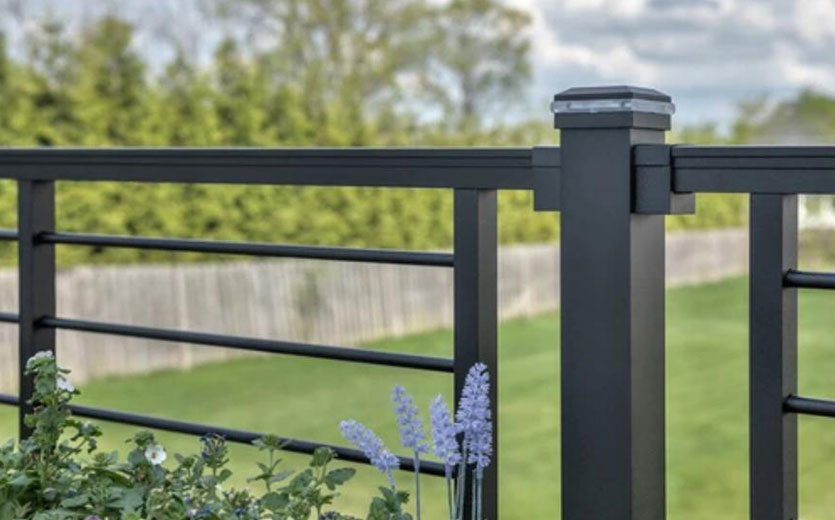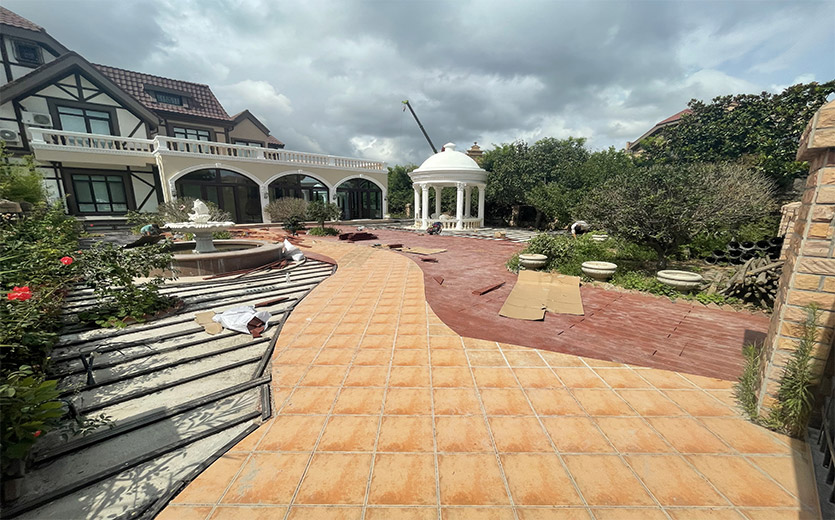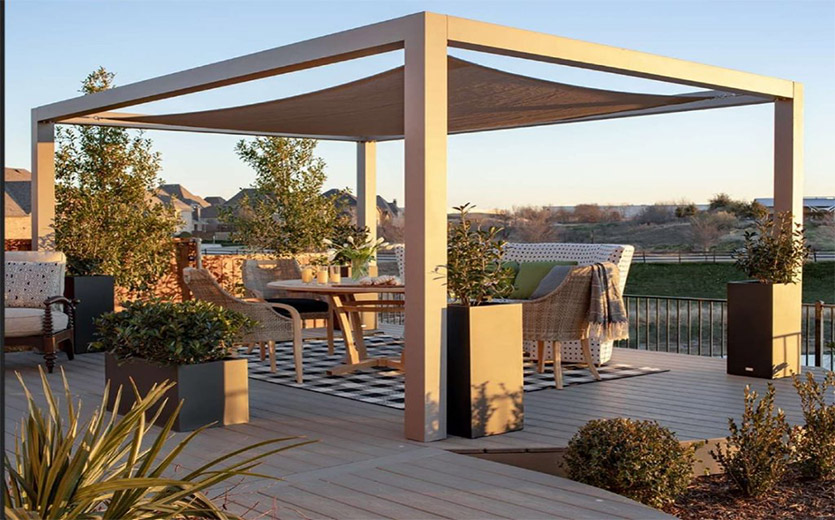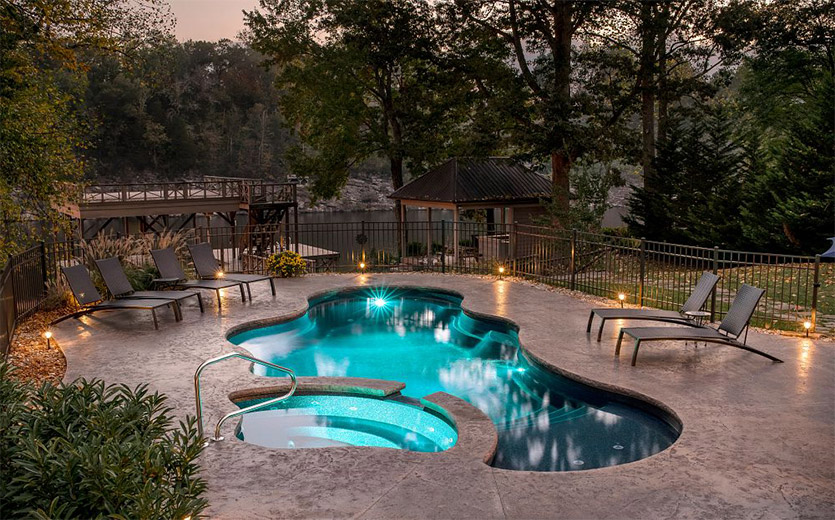
A railing on a deck is a structural barrier that keeps people and pets safe from falling. Deck railing must be followed to ensure safety, even more so when the edge of an outdoor deck is 18 inches or more above the ground. Posts and rails are used to complete deck railing systems for stability, leveling, and stairways. Before we begin installing the deck railing, there are a few questions we need to answer. Which type of deck railing is the superior choice? What is the cost of different types of deck railing?
About outdoor decking railing
The railing on your outdoor deck is arguably the most visible component. It’s critical to choose a railing style, color, and size that complements your home. With so many options available, we can assist you in selecting the railing that is most appropriate for your project and budget.
For several decades, the majority of decks have featured wood railings. While wood railings are the cheapest to purchase, they are the most expensive to maintain. Wood railings require routine maintenance every year or two in everyday life. You will need to invest considerable time and money in repairing, sanding, and painting the wooden railing. As a result, the wood railing is also one of the most expensive railing options.
Cost of aluminum deck railing
The purchase price of aluminum railing systems ranges between $50 and $60 per linear foot. The exact cost is determined by the type of material used or the size of the post, as well as the shipping charges.
Why is aluminum a good choice for railing material? This is due to the strength and durability of aluminum railings. Iron railings rust if not properly maintained, whereas aluminum railings do not.
Naturally, it’s a good idea to purchase paint pens that match the railing’s color, whether it’s iron or aluminum. It will conceal any scratched-off paint. Repainting a railing is a simple and effective procedure that anyone can perform.
Composite decking installation costs railings
Composite railing systems are very similar to aluminum railing systems in that they incorporate all required components. The most significant distinction between composite railing system materials is in the post-selection. The majority of composite railing systems include a post sleeve that can use with either wood or structural bullhead posts.
The cost of composite railing varies between $65 and $150 per linear foot. Again, this is subject to application and material size, as well as the type of infill or railing.
Cable Railing Construction Costs
Another option that is frequently utilized is a cable railing. Cable railings provide a minimalist aesthetic with a modern appearance. Cable railings, on the other hand, can be quite costly. The price of cable railing systems varies between $90 and $150 per linear foot.
A significant benefit of cable railing systems is the pre-drilled kit posts, which simplify installation.
Comparative Costs
A cost comparison of various deck railing options suggests that aluminum railing is a reasonably priced option. Composite railings with aluminum or composite infill are more expensive than all-aluminum railings. Additionally, cable infill will be more expensive than cable infill with aluminum railing.
Metal railings, on the other hand, are more susceptible to temperature effects in everyday life. For instance, the railing will freeze in colder weather. The deck railing will be extremely hot during the summer. Simultaneously, the metal railing needs to be painted to match the house’s subsequent outdoor deck design. The simplicity of use is inferior to that of the composite railing.




Post a Comment